Algorithmic Trading: Winning Strategies and Their Rationale
$22.52
| Author(s) | |
|---|---|
| Format |
|
| Pages |
225 |
| Publication Year |
2013 |
Algorithmic Trading is an insightful book on quantitative trading written by a seasoned practitioner. What sets this book apart from many others in the space is the emphasis on real examples as opposed to just theory. Concepts are not only described, they are brought to life with actual trading strategies, which give the reader insight into how and why each strategy was developed, how it was implemented, and even how it was coded. This book is a valuable resource for anyone looking to create their own systematic trading strategies and those involved in manager selection, where the knowledge contained in this book will lead to a more informed and nuanced conversation with managers.
Author’s Introduction:
This book is a practical guide to algorithmic trading strategies that can be readily implemented by both retail and institutional traders. It is not an academic treatise on financial theory. Rather, I hope to make accessible to the reader some of the most useful financial research done in the past few decades, mixing them with insights I gained from actually exploiting some of those theories in live trading.
Because strategies take a central place in this book, we will cover a wide array of them, broadly divided into the mean-reverting and momentum camps, and we will lay out standard techniques for trading each category of strategies, and equally important, the fundamental reasons why a strategy should work. The emphasis throughout is on simple and linear strategies, as an antidote to the overfitting and data-snooping biases that often plague complex strategies.
In the mean-reverting camp, we will discuss the multiple statistical techniques (augmented Dickey-Fuller [ADF] test, Hurst exponent, Variance Ratio test, half-life) for detecting “time series” mean reversion or stationarity, and for detecting cointegration of a portfolio of instruments (cointegrated augmented Dickey Fuller [CADF] test, Johansen test). Beyond the mechanical application of these statistical tests to time series, we strive to convey an intuitive understanding of what they are really testing and the simple mathematical equations behind them.
We will explain the simplest techniques and strategies for trading mean-reverting portfolios (linear, Bollinger band, Kalman filter), and whether using raw prices, log prices, or ratios make the most sense as inputs to these tests and strategies. In particular, we show that the Kalman filter is useful to traders in multiple ways and in multiple strategies. Distinction between time series versus cross-sectional mean reversion will be made. We will debate the pros and cons of “scaling-in” and highlight the danger of data errors in mean-reverting strategies, especially those that deal with spreads.
Contents:
- Backtesting and Automated Execution
- The Basics of Mean Reversion
- Implementing Mean Reversion Strategies
- Mean Reversion of Stocks and ETFs
- Mean Reversion of Currencies and Futures
- Interday Momentum Strategies
- Risk Management
Algorithmic Trading: Winning Strategies and Their Rationale By Ernest P. Chan pdf
3 reviews for Algorithmic Trading: Winning Strategies and Their Rationale
Clear filtersOnly logged in customers who have purchased this product may leave a review.

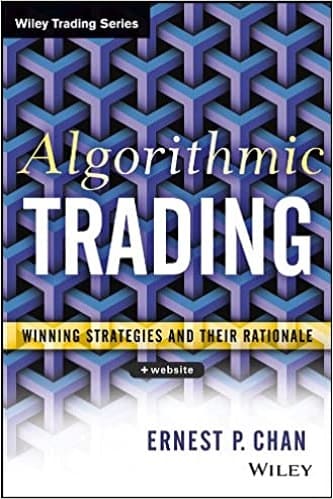

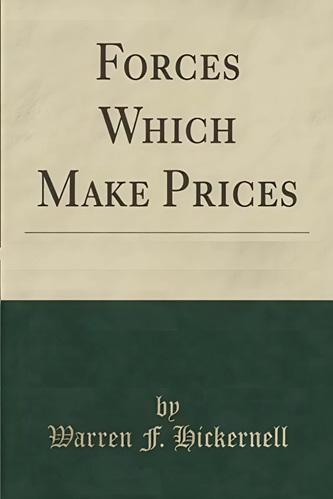
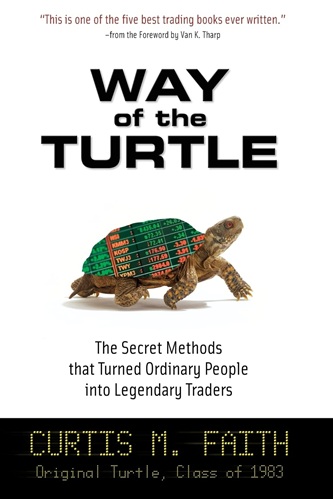
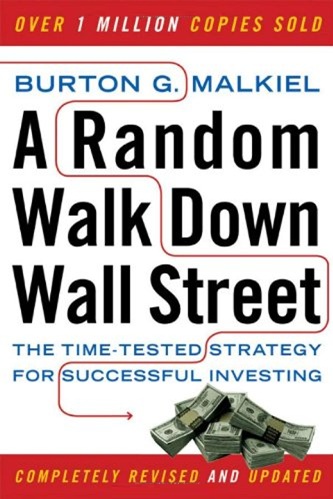
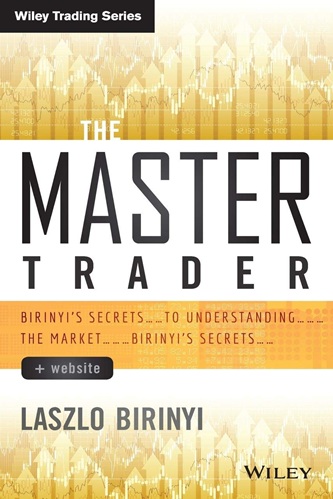
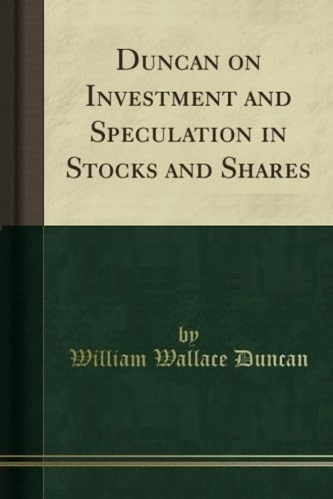
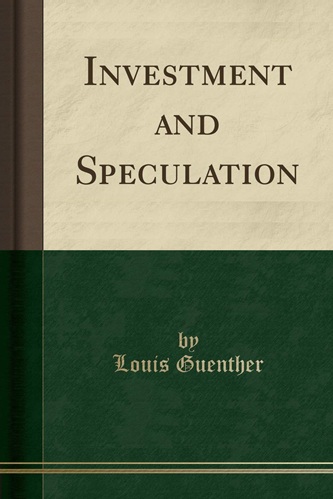
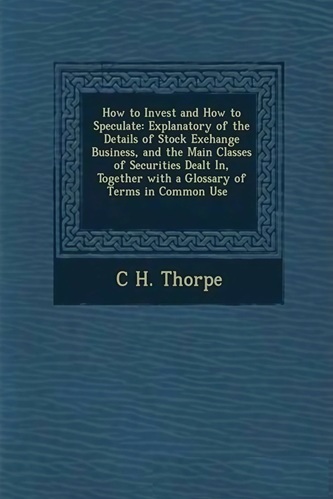
Alejandro Santos (verified owner) –
This book is great. I’m a software developer and have always been interested in learning about the algorithms behind trading.
J. McKenna (verified owner) –
Clearly explained concepts, along with code snippets to apply the strategies straight away. The best book I have read on the topic. Highly recommended!
ETO Trader (verified owner) –